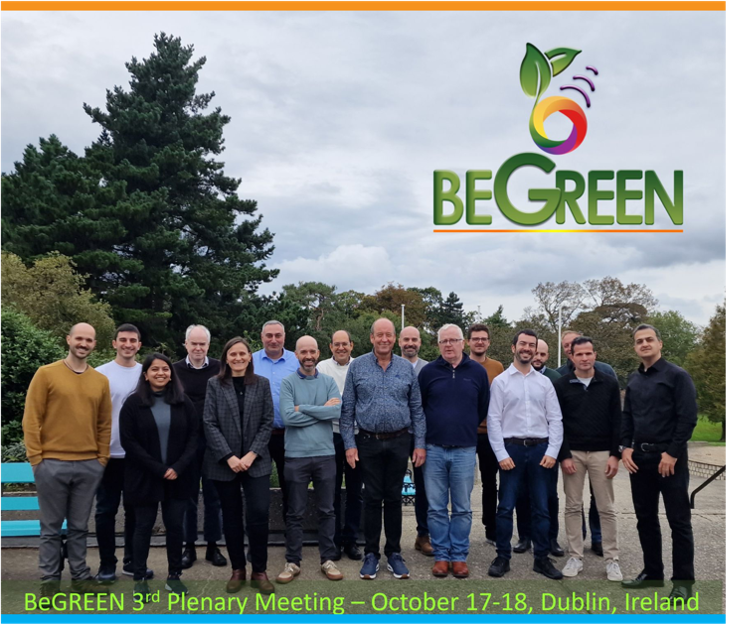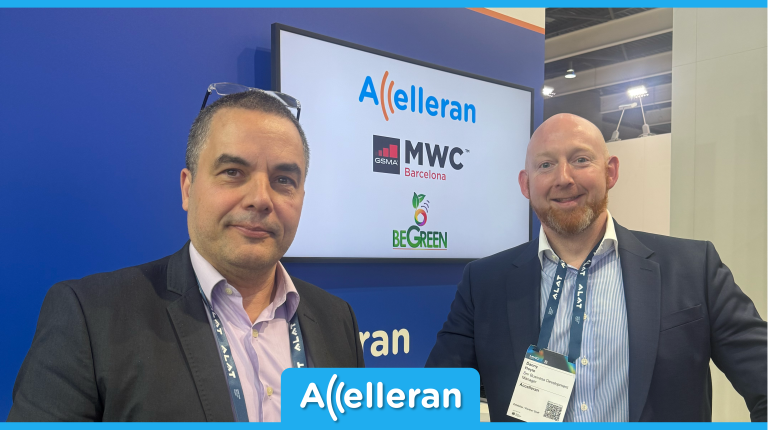
Powering Offshore Wind with Private 5G: Smarter, Safer, and More Resilient Operations
Offshore wind needs smarter operations. Explore how Private 5G enables real-time monitoring, predictive maintenance, and safer crews
The Accelleran Academy is your go-to source for the latest updates on 5G use cases, RAN Intelligence, and more.
Stay informed and ahead of the curve by following us on social media for our newest content.


Many in the telecommunications industry might feel relieved by the sector’s inconspicuous carbon footprint and energy usage to the average person. The targets of environmental advocates are rarely the large operators or vendors. You do not see protestors picketing outside a 5G CPE manufacturer. Instead, the targets are those more evidently consuming bucketloads of power and emitting vast amounts of carbon into the atmosphere.
If only they knew that the telecommunications industry’s scope 3 emissions, which encompass the entire value chain from suppliers to product end-use, including manufacturing, transport, and disposal of equipment, data centres, and the end devices, were responsible for 1.7 billion tonnes of CO2—around 2% of global emissions. [1] This emission level surpasses that of the entire country of Japan, the world’s 4th largest economy.
That was 2019 data. 5G isn’t making this any better; its energy usage poses an even greater challenge due to its energy-intensive nature. A 5G base station consumes roughly three times as much power as its 4G counterpart, and the network requires more base stations to cover the same area, further eating up energy. Then, consider the massive multiple-input multiple-output (MIMO) antennas, which alone will require an additional 1,000 watts of power per sector. [2]. All this even before we come to the millions and millions of devices that these 5G networks will be powering.
5G rollouts are not slowing down, and with 6G on the distant horizon, the demand for power will only increase. Barring a fusion power miracle, the telecommunications industry needs to find ways to reduce its footprint now. The energy consumption of data centres is already under increasing scrutiny, and the power-hungry advent of generative AI is poised to bring even closer attention to the energy usage of the infrastructure powering the future.
[1] https://news.sap.com/2023/09/emissions-in-telecommunications-industry-sustainable-transformation/

Accelleran understands the environmental impact of the densification of 5G networks, as superior speed and availability require more power. We’re part of the BeGreen consortium that explores energy-efficient solutions in Open RAN, with a focus on the RAN Intelligent Controller (RIC) platform. Harnessing the power of xApps and rApps on the RIC platform, we’re not only envisioning cost savings through decreased power consumption but also contributing to global sustainability targets.

Offshore wind needs smarter operations. Explore how Private 5G enables real-time monitoring, predictive maintenance, and safer crews

The event brought together leading voices from across the global telecoms ecosystem to explore the state of the Open RAN market and showcase ongoing innovations

MWC Barcelona 2025 was a successful event for Accelleran, with more of our colleagues attending than ever before. Over the course of the week, we